The composite repair market in Japan is characterized by a dynamic competitive landscape, driven by technological advancements and increasing demand for lightweight materials across various industries, particularly aerospace and automotive. Key players such as Toray Industries Inc (Japan), Hexcel Corporation (US), and Sika AG (CH) are strategically positioned to leverage their innovative capabilities and extensive product portfolios. Toray Industries Inc (Japan) focuses on enhancing its composite materials through continuous research and development, while Hexcel Corporation (US) emphasizes strategic partnerships to expand its market reach. Sika AG (CH) is actively pursuing acquisitions to bolster its product offerings, indicating a trend towards consolidation in the market. Collectively, these strategies contribute to a competitive environment that is increasingly focused on innovation and collaboration.
In terms of business tactics, companies are localizing manufacturing to reduce lead times and optimize supply chains, which is particularly crucial in the composite repair sector. The market appears moderately fragmented, with several players vying for market share, yet the influence of major companies is significant. Their collective actions shape the market structure, fostering a competitive atmosphere that encourages innovation and efficiency.
In October 2025, Toray Industries Inc (Japan) announced the launch of a new line of high-performance composite repair materials designed specifically for the aerospace sector. This strategic move is likely to enhance their competitive edge by addressing the growing demand for lightweight and durable materials in aircraft manufacturing and maintenance. The introduction of these materials may also position Toray as a leader in sustainable solutions, aligning with global trends towards eco-friendly practices.
In September 2025, Hexcel Corporation (US) entered into a strategic partnership with a leading aerospace manufacturer to develop advanced composite repair technologies. This collaboration is expected to accelerate innovation and improve the efficiency of repair processes, thereby enhancing Hexcel's market position. The partnership underscores the importance of alliances in driving technological advancements and meeting the evolving needs of the aerospace industry.
In August 2025, Sika AG (CH) completed the acquisition of a regional composite repair company, which is anticipated to expand its footprint in the Japanese market. This acquisition not only broadens Sika's product range but also enhances its ability to provide localized solutions, thereby improving customer service and responsiveness. Such strategic acquisitions reflect a broader trend of consolidation aimed at strengthening market presence and operational capabilities.
As of November 2025, the competitive trends in the composite repair market are increasingly defined by digitalization, sustainability, and the integration of artificial intelligence. Companies are forming strategic alliances to enhance their technological capabilities and address the growing demand for innovative solutions. The shift from price-based competition to a focus on technology, innovation, and supply chain reliability is evident, suggesting that future competitive differentiation will hinge on the ability to deliver advanced, sustainable products that meet the specific needs of diverse industries.


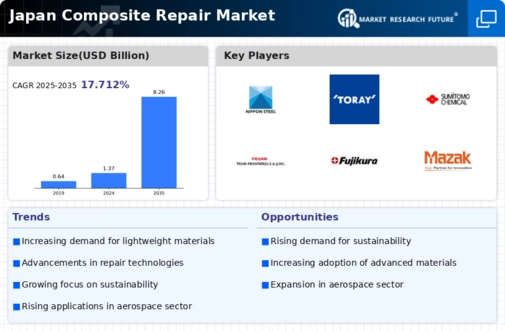
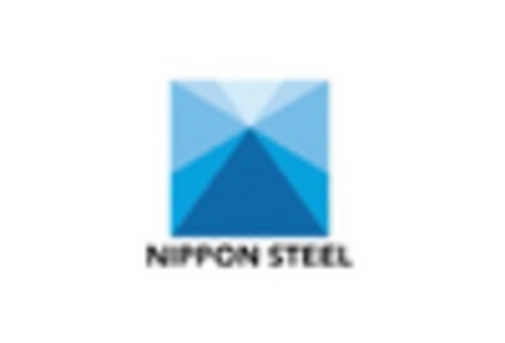
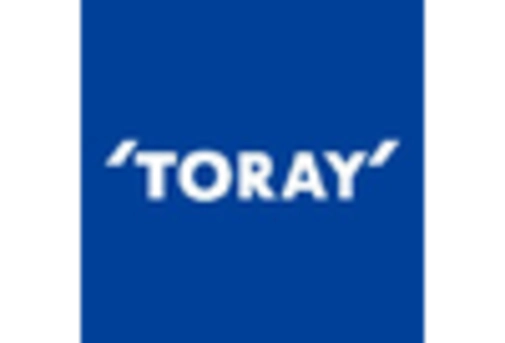
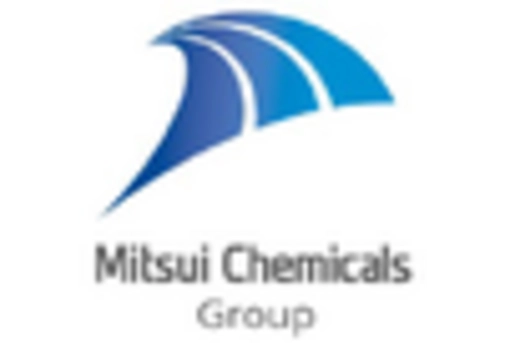
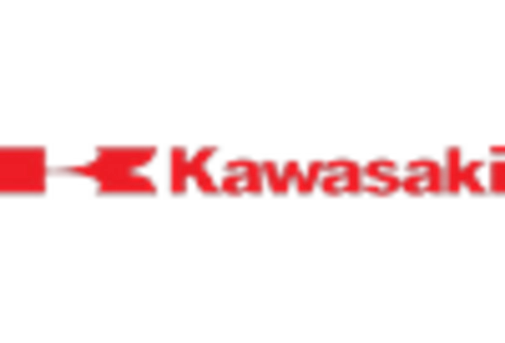
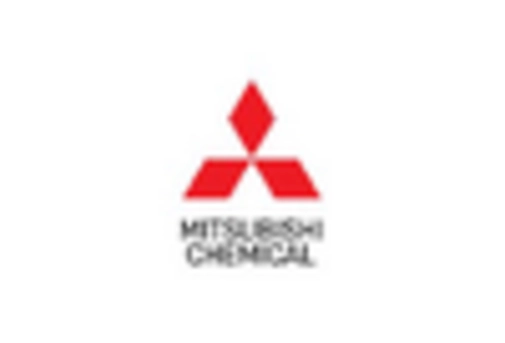

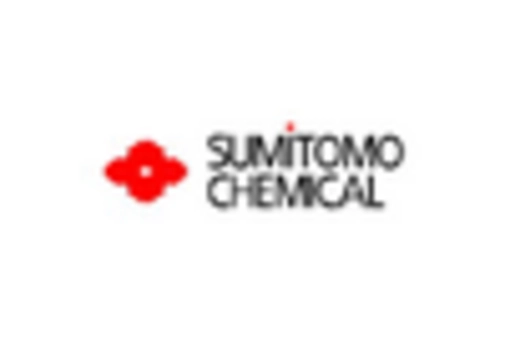
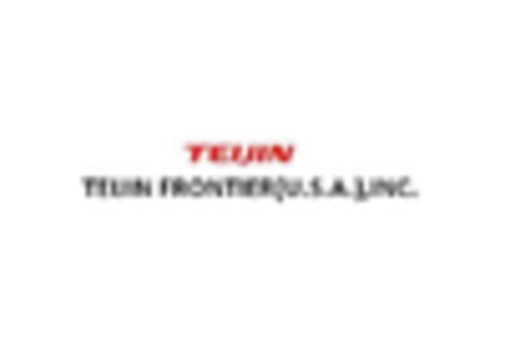
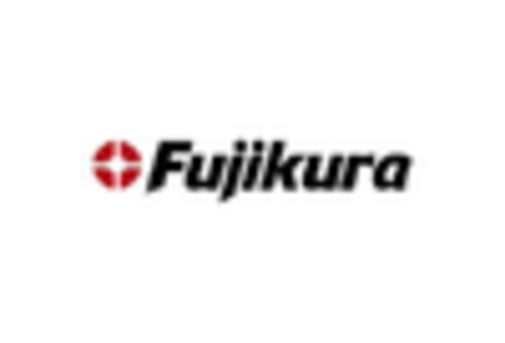
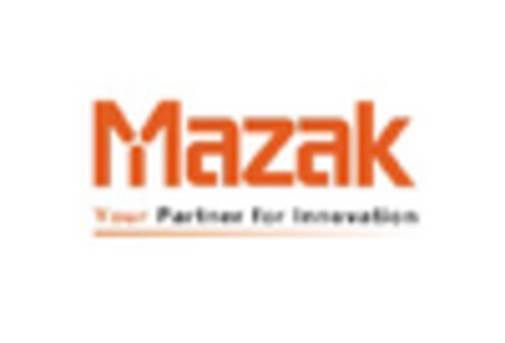
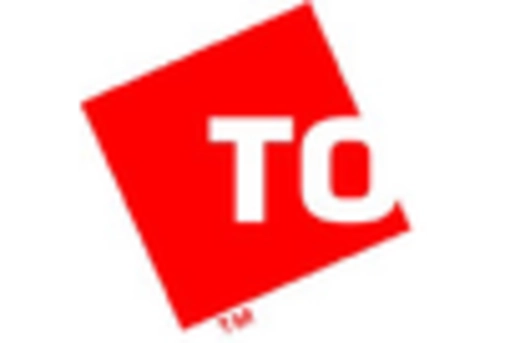
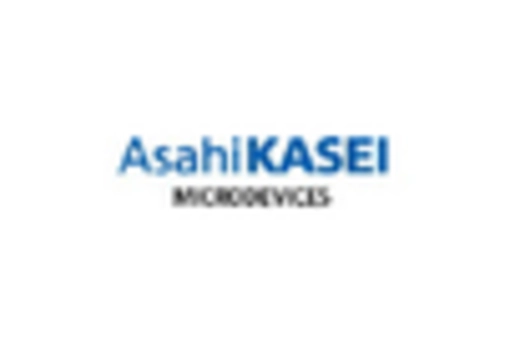








Leave a Comment